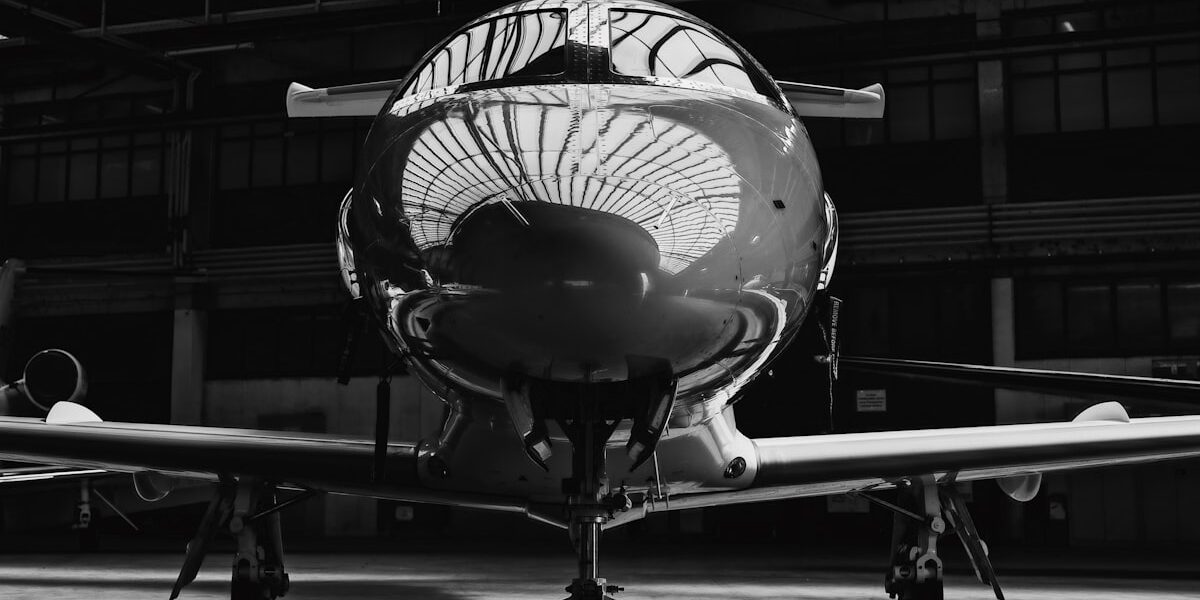The Benefits of Climate-Controlled Hangars
Climate-controlled hangars offer several advantages for aircraft storage and maintenance. Whether you manage a commercial airline, own a private jet, or operate a flight school, understanding these benefits can help you make informed decisions for your aviation needs.
Protecting Aircraft from Environmental Damage

Aircraft are vulnerable to environmental factors such as humidity, temperature fluctuations, and UV radiation. These factors can cause corrosion, paint degradation, and damage to sensitive avionics.
- Corrosion Prevention: High humidity levels accelerate corrosion on metal components. Climate-controlled hangars maintain consistent humidity levels, reducing the risk of rust and corrosion.
- Temperature Regulation: Extreme temperatures can impact metal fatigue and damage materials such as rubber seals and plastic components. Temperature control helps to extend the lifespan of these parts.
- UV Protection: Prolonged exposure to sunlight can fade paint and damage avionics. Climate-controlled environments protect aircraft from harmful UV rays.
Enhanced Maintenance Conditions
Performing maintenance in a climate-controlled hangar provides a stable environment for technicians. This stability improves the accuracy and efficiency of maintenance tasks.
- Consistent Climate: Technicians do not have to contend with extreme cold or heat, which can affect their ability to work efficiently and safely.
- Improved Precision: Stable temperature and humidity levels ensure that materials and tools perform as expected. This consistency can lead to more precise repairs and inspections.
- Better Tool Longevity: Extreme temperatures and humidity can adversely affect the performance and longevity of tools and equipment. A climate-controlled environment helps maintain their condition.
Increased Aircraft Longevity
Storing aircraft in a climate-controlled hangar directly impacts their longevity. Proper environmental control reduces wear and tear on various components.
- Extended Component Life: Materials such as rubber, plastic, and composites used in aircraft construction are sensitive to temperature and humidity changes. Controlled conditions prevent premature aging and failure.
- Reduced Maintenance Costs: By minimizing environmental damage, aircraft require less frequent and less intensive maintenance. This reduction leads to cost savings over the aircraft’s lifespan.
Improved Safety and Security
Climate-controlled hangars offer additional safety and security features compared to traditional hangars.
- Enhanced Security: These hangars often come equipped with advanced security systems, including access controls, surveillance cameras, and alarm systems, reducing the risk of theft or vandalism.
- Fire Suppression Systems: Modern climate-controlled hangars typically include fire suppression systems. These systems provide an added layer of protection against fire hazards.
- Improved Safety for Personnel: Controlled environments reduce the risk of accidents or illnesses caused by extreme weather conditions, ensuring a safer workplace for maintenance crews and other personnel.
Increased Operational Efficiency
Climate-controlled hangars often lead to increased operational efficiency for organizations managing multiple aircraft.
- Fast Turnaround Times: Stable working conditions enable quicker turnaround times for maintenance and repair tasks, reducing aircraft downtime.
- Predictable Scheduling: Consistent environmental conditions eliminate delays caused by weather-related disruptions, allowing for more precise scheduling of maintenance work.
- Resource Optimization: Controlled environments allow for better resource management, improving overall productivity and operational efficiency.
Enhanced Value Retention
Aircraft stored in climate-controlled environments maintain their value better than those exposed to harsh conditions. This retention is critical for resales.
- Maintained Aesthetics: Consistent protection from environmental factors ensures that the aircraft’s exterior remains in excellent condition. This visual appeal can be crucial during sales or leasing discussions.
- Proof of Proper Care: Documentation showing that an aircraft has been kept in a climate-controlled hangar can provide potential buyers with confidence in the aircraft’s upkeep and condition.
Compliance with Regulatory Requirements
Climate-controlled hangars help ensure compliance with various regulatory requirements.
- Regulatory Standards: Many aviation authorities impose strict standards for aircraft maintenance and storage. Climate-controlled hangars meet the environmental criteria required by these standards.
- Reduced Inspection Failures: Stable storage conditions can reduce the likelihood of inspection failures caused by environmental damage, ensuring continued compliance with regulatory requirements.
Comfort and Convenience
One often overlooked benefit of climate-controlled hangars is increased comfort for personnel and clients.
- Comfortable Working Environment: A stable, controlled environment provides a comfortable space for staff, reducing heat stress or cold-related discomfort.
- Client Satisfaction: For those offering services to high-end customers or VIPs, climate-controlled hangars present a polished and professional image. This image can enhance client satisfaction and loyalty.
“`
Recommended Aviation Resources
Pilots Handbook of Aeronautical Knowledge – $25.42
Essential FAA handbook for every pilot.
Aircraft Owners Handbook of Maintenance
Keep your aircraft in top condition.
As an Amazon Associate, we earn from qualifying purchases.



